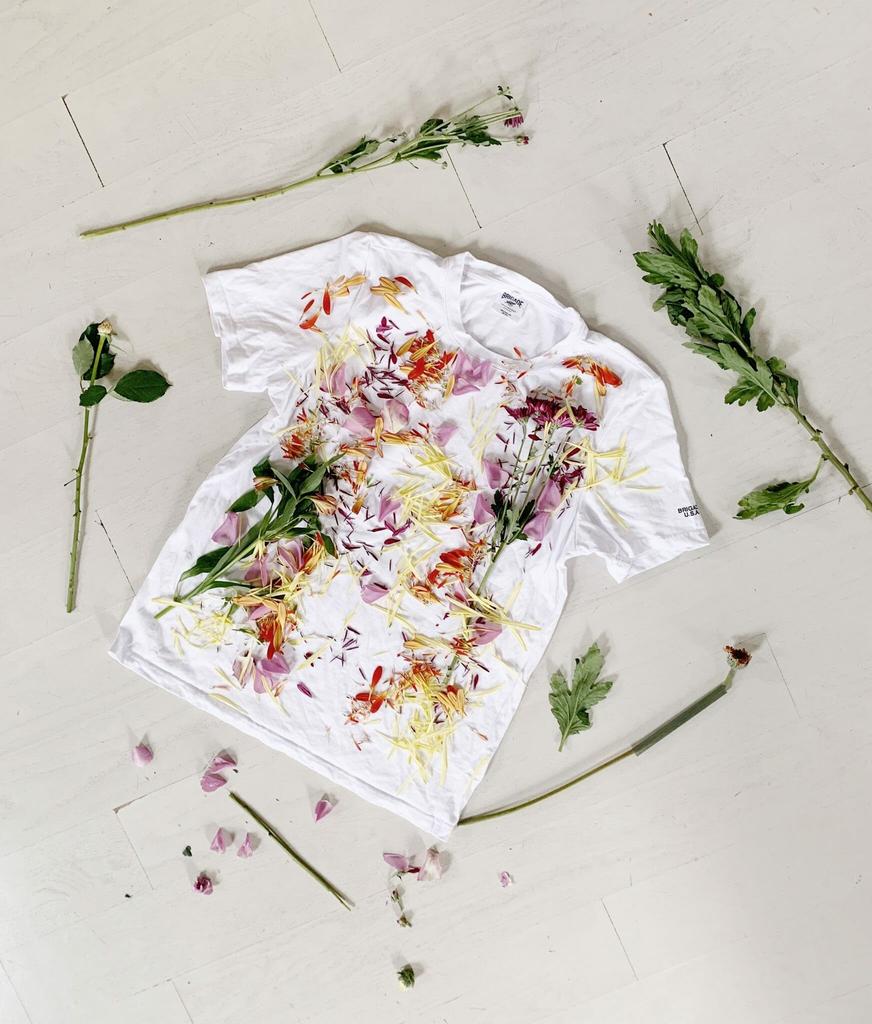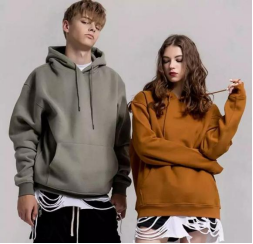Clothes made from fruit peels or fish remains: the potential of your garbage for fashion
Biomaterials with great potential for the fashion industry can be produced from orange or pineapple peels
It is well known that the textile industry is the second most polluting of the planet. This position in the ranking has made many companies try to give a sustainable response, reducing their production and betting on finding a new way of producing fabrics, in which the use of waste plays an important role. Yes, our trash, wherever you see it, is a great asset.
In recent times, the revolution of smart fabrics has allowed the creation of garments that provide not only shelter, but also improved performance in different environments and activities. In fact, the military and aerospace sectors have always been one step ahead in researching fabrics that have subsequently served the consumer textile industry.
However, until now, innovation in fabrics did not contemplate sustainability and environmental care. However, their choice largely determines the sustainability of a garment. Currently, both designers and scientists are going further by applying their expertise in favor of creating fibers whose production process is respectful of the environment.
The result: textiles that are not only original, as they offer a new aesthetic and texture, but also, in some cases, come from waste and are biodegradable, which makes them alternatives that are gaining ground.
Biomaterials to make sustainable clothing
Some of these biomaterials come directly from our garbage can as more and more materials are produced using components that include everything from waste from the food industry to recycled bottles.
Pineapple peel

Pineapple fiber is created from this residue. The commercial name with which this fiber is usually called is Piñatex and it was developed by a Spanish doctor, Carmen Hijosa, as an alternative to natural leather made from cellulose fibers extracted from pineapple leaves, PLA (polylactic acid) and resin based on Petroleum. The resulting material stands out for being strong, flexible, breathable, soft and allowing for customization, that is, carving its surface to achieve different effects. And there are shells that, in addition to having interesting nutritional properties, also have aesthetic ones.
Orange peels
Orange peels are a by-product that generated 700,000 tons of citrus waste per year in Italy, but are currently transformed into spinning through a sustainable process, thanks to two Italians who are behind Orange Fiber. The creation process is totally ecological because it reuses waste and saves land, water, fertilizers and environmental pollution, and the resulting fabric, in addition to being soft and flexible, is totally innovative because it releases vitamin C on the skin.
Coffee grounds
A Taiwanese company is behind this innovation that involves creating yarn by combining processed coffee powder with polymers. Fabrics made with coffee fibers offer excellent natural anti-odour qualities, as well as UV protection and a quick drying time. In this way, a second life is given to coffee beans that would otherwise have ended up in the trash.
Our garbage gives a lot of itself and the leather goods industry also knows this, which has focused, for economic and ecological reasons, on the manufacture of products with animals for human consumption.
VIDEO: “NO TIME”, THE BRAND OF SNEAKERS MADE WITH COFFEE LEAVES AND TENNIS BALLS
Fish skin
Fish skins for food consumption are a real gold mine as they are a by-product of the fishing industry and come from fish caught for food production. Once the food industry separates the skins from the fish, they are treated with ecological procedures to be able to use them in the creation of different accessories.
Salmon skin, with a thickness of 0.5 millimeters, is used to make one of the most used leathers in the industry. The result is similar to snakeskin but its touch is finer and more resistant. Other species used are sea bass, rays, sharks (whose leather is particularly resistant) and, to a lesser extent, sturgeon and eel.
The same happens with the plastic containers that end up, hopefully in the yellow container, but in the worst case, thrown into the sea.
Plastic bottles and fishing nets
Plastic is a synthetic material widely used today. With the recycling of this material, we contribute to a lower consumption of natural resources and to the cleanliness of our planet. The collected products, mostly bottles and fishing nets, are cleaned and reduced until they once again create thread with which to create garments. There are large brands on the market that use this material, although the ideal is to use it in garments that are not in direct contact with the skin.
VIDEO: ECOALF, THE CLOTHING BRAND MADE WITH RECYCLED PLASTIC REMAINS




